St Philip's Anglican Church
cnr York, Jamison & Clarence Streets, Church Hill
J W Walker 1873 (2/27 mechanical and tubular-pneumatic)
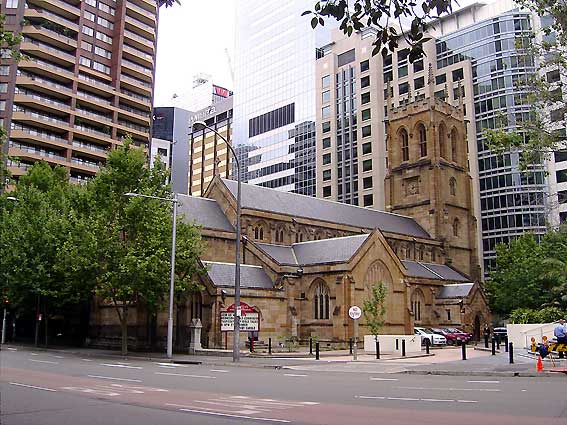
From SOJ October/November 1987, Autumn 1995, Autumn 2004:
The parish of St Philip, Church Hill, was established at the same time as that of St John's Parramatta, these being the first Christian parishes in Australia.
When the first church building in the colony of New South Wales, a wattle-and-daub building in Bridge Street, was burnt down, Governor John Hunter had the foundation stone of what was to become "Old St Philip's" laid in 1798. This stone building with its unusual round tower and with music provided by bands of wind instruments served the colony for half a century. It stood in what is now Lang Park, just across York Street from the present church.
The new St Philip's, a neo-gothic building designed by Edmund Blacket and paid for by public donations, was consecrated in 1856. It is classified "A" on the National Trust's register. A peal of bells was presented to the church in 1858.
From SOJ Autumn 2007, Peter Meyer adds:
At the consecration of the present St Philip's church on 27 March 1856 a harmonium in the west gallery accompanied the combined choirs of St Philip's and its first daughter church, Holy Trinity, Miller's Point. Over two hundred pounds had been raised towards a pipe organ which may have cost as much as five hundred pounds. Though second-hand, built in 1849 by a maker as yet unknown, it was said to be powerful. Only the organs at St Mary's Cathedral and neighbouring St Patrick'as were larger. Its arrival from England was eagerly anticipated. It was delivered in July and was ready for service in October. Its specification in The Northern Miner of 22 July 1895 was [in corrected form]:
Great
Double Diapason Bass
Open Diapason
Stopped Diapason
Dulciana
Principal
Flute
Twelfth
Fifteenth
Clarionet
Swell
Open Diapason
Principal
Lieblich Gedakt
Oboe
Pedal
Bourdon
16
8
8
8
4
4
2-2-2/3
2
8
8
4
4
8
16
listed as 16' in newspaper
Compass: 56/30
Full compass of both manuals and pedal were advanced for the time [one report states there were 32 pedals]. Perhaps this is why the organ was believed to be powerful prior to its arrival. That the Great had a Clarionet rather than a Trumpet or Sesquialtera is also curious. There were three couplers and three combination pedals. Its dimensions were twelve feet wide, six deep and sixteen high.
The case is described as "very handsome, the front being handsomely carved cedar in three bays with a heavy handsome cornice. The console is of polished cedar with dark English oak fittings, the pedals being of hardwood. The three bays of the front case are filled with ornamental speaking pipes above, with bands of gold and gold fleur-de-lis upon the colour". Edmund Blacket was responsible for the design described by The Sydney Morning Herald as "three towers of coroneted pipes". Unfortunately it was soon found to be inadequate.
The organ, the second in this church, was built in 1873 and played for the first time on 26 February 1874. It was fully restored in 1987 by Pitchford & Garside Pty Ltd and a Pedal Trombone stop added. The St Philip's organ (the second pipe organ in the present building) was made in London by one of the most illustrious of English organ builders, J.W. Walker & Sons. Over 40 Walker organs came out to New South Wales last century and this is regarded as one of the finest. It was installed in 1873 after a voyage in the sailing ship Ann Duthie. In keeping with this maritime background St Philip's longest serving organist, Mr W. H. Monk (54 years' service), used to row his own dinghy across the harbour to perform his duties.
For a two manual organ, the instrument is extremely well equipped possessing no less than six reed stops. It has many individual ranks of great beauty and its choruses have a satisfying tonal blend, with all the warmth and brilliance of the best English tradition. Further, its voicing makes for remarkable contrapuntal clarity over its entire compass.
Click here to download an MP3 file (12MB) of Michael Dudman playing the first movement of Mendelssohn's Sonata No.6 in D recorded 1983.

Its specification is as follows:
J W Walker 1873 (2/27 mechanical and tubular-pnuematic)
| Great Double Diapason Open Diapason Gamba Wald Flute Dulciana Principal Flute Harmonic Twelfth Fifteenth Mixture Trumpet Clarionet Tremulant Swell Bourdon Open Diapason Stopped Diapason Salicional Voix Celeste Principal Fifteenth Mixture Oboe Cornopean Clarion Tremulant Pedal Open Diapason Bourdon Violoncello Trombone Couplers Swell to Great Swell to Pedal Great to Pedal |
16 8 8 8 8 4 4 2-2/3 2 IV/V 8 8 16 8 8 8 8 4 2 III 8 8 4 16 16 8 16 |
Mechanical action
Tubular pneumatic action to pedals
Hitch-down swell pedal
Compass 56/30
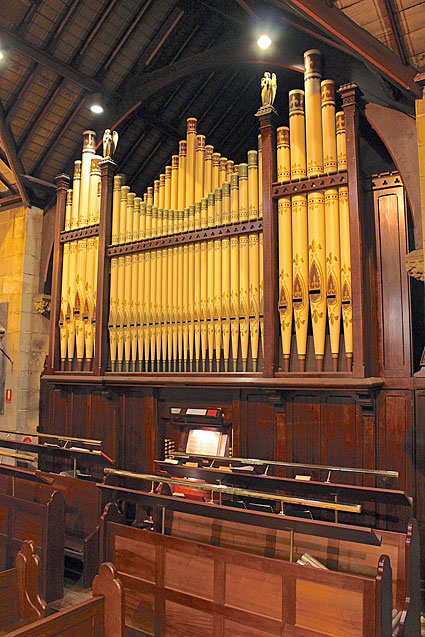

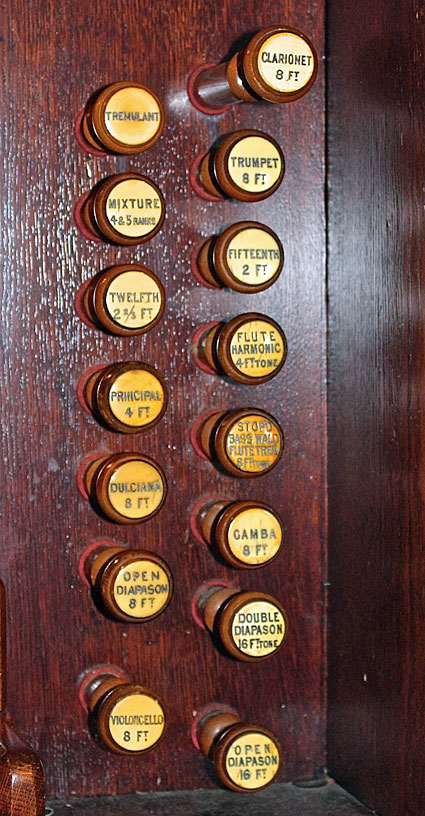
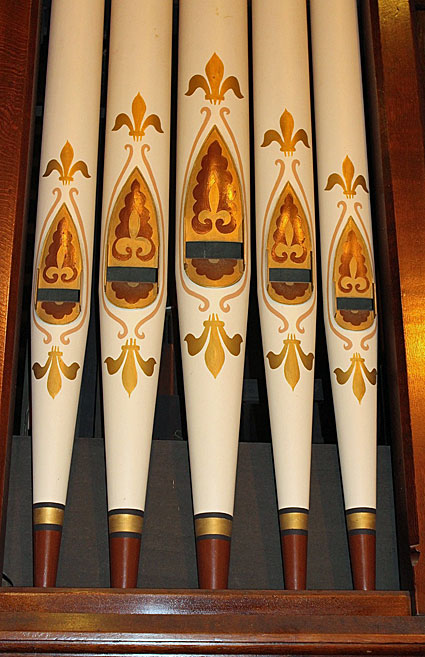
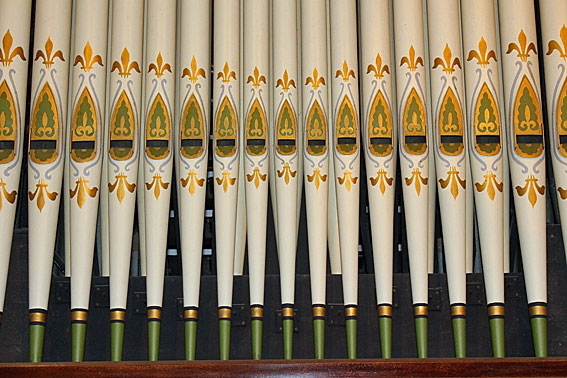
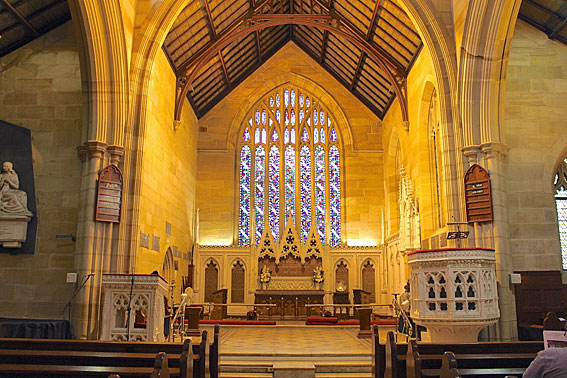
6 photos above: Trevor Bunning (October 2018)

 |
 |
 |
|
Photos: Mark Quarmby (2006)